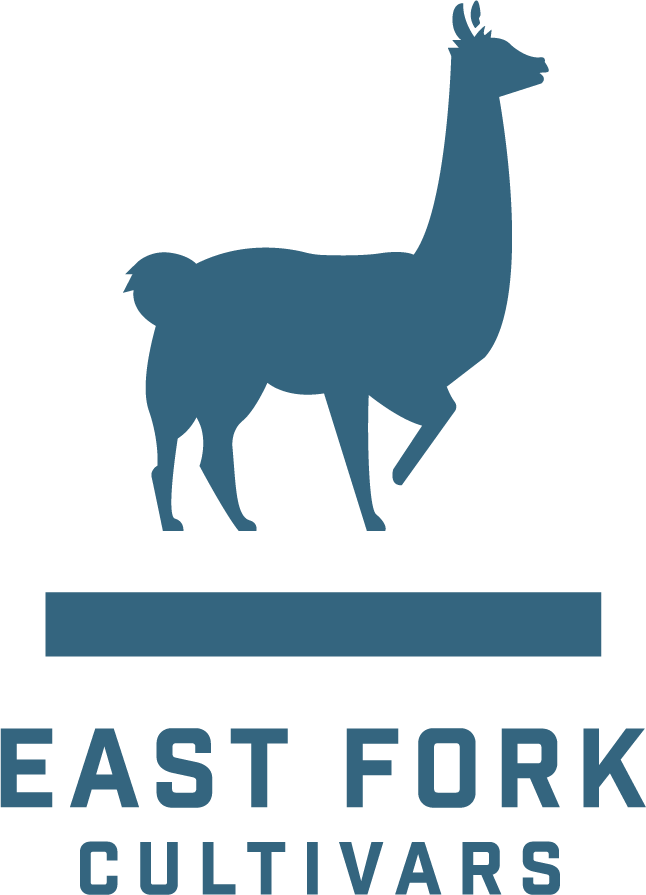Lessons from the Slater Fire
The Slater Fire, a large wildland fire that originated in Northern California, burned into our county on September 8, 2020. Our close-knit community of Takilma was emergency evacuated that night, and for a time we were afraid our farm had been lost to one of the worst fire seasons on record.
Luckily, thanks to a combination of geography, preparedness, and sheer community grit, our little town — and our farm — was spared from the blaze.
Takilma and the farm are safe. Everyone in our team is safe. Though the Slater Fire reached to within a mile of our farm and surrounded us to the south, east, west, and northwest, the fire lines held for the most part, and firefighting has saved most of the inner valley.
While we had to temporarily pause work and briefly furlough our farm team due to safety concerns, our ownership team quickly returned to the farm to improve its fire defenses and aid the community in fighting the fire. In addition to defending the East Fork property, we helped some of our neighbors (less than a mile away) who were actively battling fires on multiple fronts, digging fire lines and extinguishing what we could. Wind changes lifted the inversion and dense smoke which allowed for air support, mainly helicopters dipping into our ponds and neighbors’ ponds and dropping that water onto the nearby flames.
We learned some important lessons during this harrowing period:
Our community, which we already knew was strong, showed up in ways big and small to help us navigate the challenge. We had an overflow of generous support.
While wildland fires in the West are nothing new, they're clearly getting more dangerous and deadly — in part due to climate change and antiquated forest management practices. This problem isn't going away.
Despite its remote, wooded location, our town of Takilma is reasonably defensible. Access to water and firefighting resources abound, as well as experience in preparing for annual fire seasons. We’re confident that our farm and town are more prepared than ever for future wildfires.
Our farm was deemed a "safe zone" by the local fire department, a place that could house emergency evacuees if needed due to our access to water, open green spaces, and equipment for defending the property.
As September waxed and waned, we regained increasing confidence that our town and farm wouldn’t burn. Our location was downgraded from a Level 3 (“Go Now!”) Evacuation Zone, to a 2 (“Get Set”), then 1 (“Be Ready”). On October 1, all evacuation orders were lifted for the Illinois Valley, sending our spirits soaring.
It is hard to feel too relieved, however, given that many of our neighboring towns were leveled. A proper home loss count for our region came out recently: in our neighboring Rogue Valley, 2,357 homes were destroyed in about 24 hours. Devastating and hard to comprehend.
These overwhelming numbers put in perspective just how much need there is, and will continue to be, to get our area back on its feet. Staff from Senator Wyden’s office, Congressman DeFazio’s office, and Governor Brown’s office have reached out with pledges to find and allocate “relief and rebuild” dollars that are sorely needed. Our team has been connecting with our close friends at Dr. Bronner’s and other charitable groups, and they among others have brought the philanthropic calvary to Phoenix, Talent, Ashland, and Happy Camp, in addition to other areas.
We’re deeply grateful to all of you that reached out offering help. We'll continue to improve our fire preparedness and feel thankful that our beloved community made it through this particularly challenging season relatively unscathed.
And now, we dive into the challenge of the fall harvest - likely our biggest yet. Nature offers no rest for farmers!




